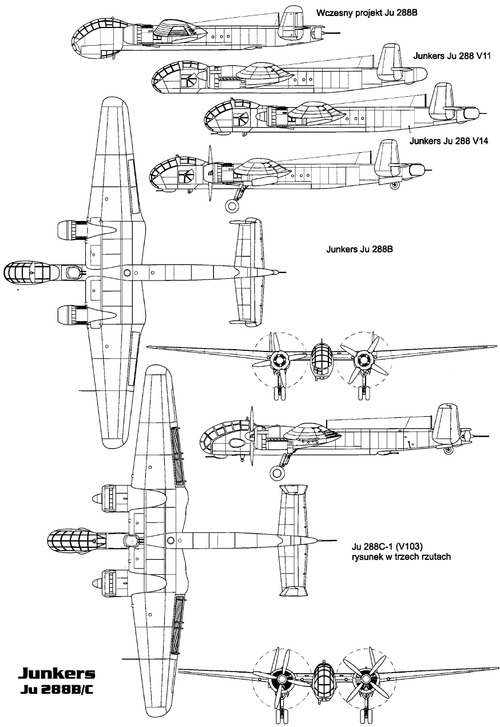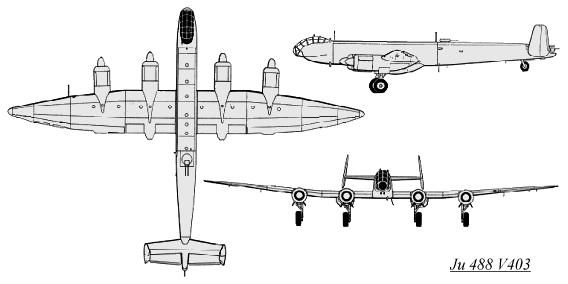Deleted member 1487
What is as a backup project in case the He177 or the Jumo 222 engine didn't work out the Ju288 was also developed into a four engine version starting in 1940 using existing Jumo 211 engines? It's performance wouldn't have been as great as that projected for the Ju288, but it would likely have been production ready by 1942 and considerably better performance than the Ju88/188/388 and Do217 using existing mass produced engines. IOTL the Luftwaffe did try this approach too late with the Ju488 and relied on using the Jumo 222 for it, but I don't see any reason why it wouldn't have been viable with four lower powered engines. It could retain the playload of the Ju288, which was considerable, though not quite as good as the He177, but be lighter, use some parts from the Ju88 developments, while the Ju288 was designed around being a mass produceable, assembly line product.
http://www.flugzeug-lorenz.de/index.php?id=109
If operational in 1942 as a fast, high altitude long range bomber and recon aircraft what sort of impact could it have had?
http://www.flugzeug-lorenz.de/index.php?id=109
If operational in 1942 as a fast, high altitude long range bomber and recon aircraft what sort of impact could it have had?


